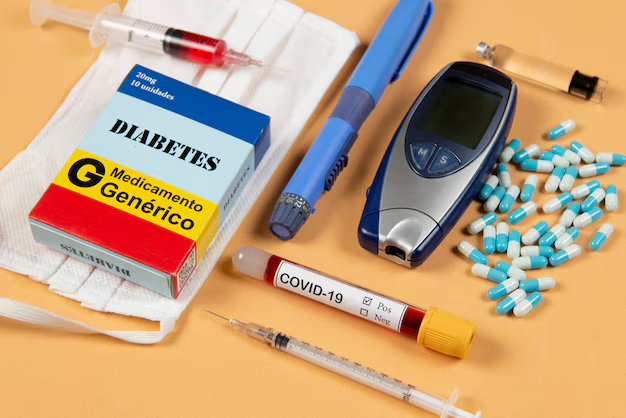Who is Most Impacted by Diabetes and What Can Be Done About It?
Diabetes is a global health concern, but certain groups are particularly vulnerable to its effects due to a mix of genetic, environmental, and socio-economic factors. Understanding which groups are most affected by diabetes can lead to targeted support and intervention, ultimately reducing the disease's prevalence and impact.
Minority Populations
In the United States, African Americans, Hispanic Americans, and Native Americans show disproportionately higher rates of diabetes. Various factors such as limited access to healthcare, socio-economic challenges, and cultural dietary preferences play a role in these elevated rates. Studies reveal that African Americans, for example, are nearly twice as likely to develop diabetes compared to non-Hispanic whites.
People Living in Poverty
Economic status is another powerful predictor of diabetes risk. Low-income individuals often face barriers such as lack of access to nutritious food, limited healthcare options, and inadequate health education. This scenario makes diabetes less manageable and its complications more severe. People in poverty may rely on cheaper, high-calorie, low-nutrient foods, which exacerbate the risk of not only diabetes but a host of related health issues.
Elderly Population
As individuals age, their risk for Type 2 diabetes increases. The elderly population is particularly vulnerable, with more than 25% of people over the age of 65 living with diabetes. This age group often encounters challenges such as decreased mobility, making regular exercise difficult, and polypharmacy, which complicates diabetes management.
Children and Adolescents
Although historically rare, type 2 diabetes is increasingly being diagnosed in younger populations, particularly adolescents. This shift is closely linked to rising levels of obesity, sedentary lifestyles, and poor dietary choices. Early onset of diabetes in children can lead to more severe health issues in adulthood, making prevention and education critical.
What Can Be Done?
Addressing the diabetes epidemic requires a multifaceted approach, combining public awareness, policy change, and community support. Economic challenges linked to diabetes can be partially alleviated by financial assistance programs, education subsidies, and affordable healthcare solutions.
- Government Aid Programs provide low-income families and individuals with essential health coverage, making it easier to access medications and regular check-ups.
- Financial Assistance can help manage the costs associated with diabetes by covering expenses for essentials such as insulin and testing supplies.
- Educational Grants aimed at nutrition and health can help communities learn about effective diabetes prevention strategies, encouraging healthier lifestyle choices from a young age.
These initiatives, while not exhaustive, are pillars that can significantly assist those most affected by diabetes. By leveraging these resources, at-risk groups can mitigate the impact of diabetes on their lives and communities.
Here's a quick reference to some supportive financial and educational resources:
- 💰 Medicaid/Medicare: Provides health coverage that helps manage diabetes-related healthcare costs.
- 📚 SNAP (Supplemental Nutrition Assistance Program): Assists with access to healthier food options.
- 🏥 Diabetes Prevention Programs: Community-based programs offering lifestyle coaching and education.
- 📈 Mountain of Debt Relief: Advice for managing medical debt linked to diabetes care.
- 🎓 Educational Scholarships: For those affected by diabetes pursuing health care-related careers, helping leverage personal experience into professional excellence.
Understanding the groups most vulnerable to diabetes is the first step in crafting effective solutions. By combining financial assistance, educational programs, and community support, society can offer those impacted a path to a healthier future.
